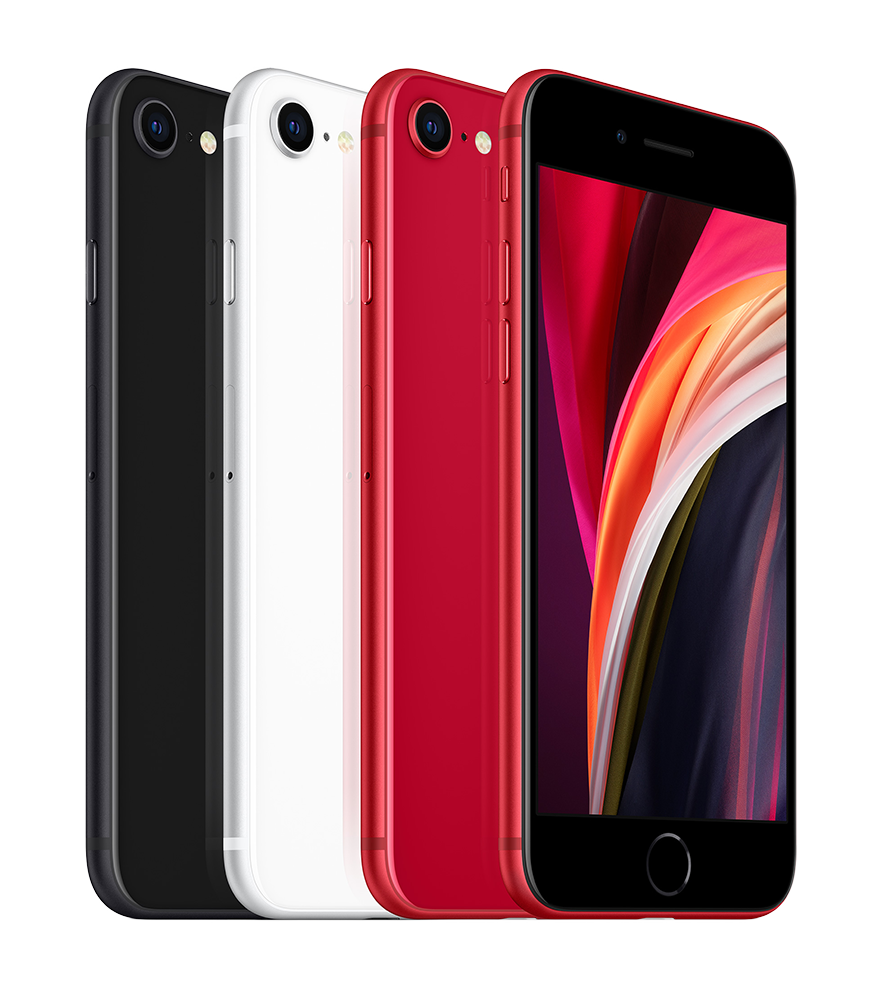iPhone SE (2020): Did Apple read my blog on the eXpensive iPhone X?

The new iPhone SE (2020)
While the Coronavirus pandemic (aka COVID-19) has stopped us in our tracks and forced most of the world to retreat to the safety of their homes, technology companies continue to launch new products to entice their customers to upgrade from older devices. One such company is Apple Inc., which launched a brand new iPhone this month.
The 2020 version of the iPhone SE (Special Edition) might not look like a "new" phone to the uninitiated, but it is being billed by reviewers as the most important smartphone launch of the year. Some of them are even bestowing this device with lofty titles such as "Best Budget Smartphone of 2020". Under normal circumstances, this would not attract much attention (except maybe at the lower end of the market). But then again, the situation we are currently in is as far removed from "normal" as possible and many people looking for a cheap new smartphone may be swayed into considering or even buying this phone.
For a quick recap, Apple released the original iPhone SE in March 2016 as its first "budget" iPhone. It came in at a starting price of US$399, which is the same for the 2020 version, and offered storage options of 16 and 64 GB (puny by modern standards, I know). Basically, it had the internals of an iPhone 6S (the then flagship version with a 4.7" display) in the body of an iPhone 5S (with a 4" display) and was developed to address the market need for smaller iPhones. That is exactly what the second-generation SE is trying to do, except what was flagship size in 2016 is now considered small as devices with displays over 6" are the new norm.
The biggest trump card of the new SE is the Apple A13 Bionic processor (or as technology nerds say, System-on-a-Chip) that it shares with the current flagship iPhone lineup, namely the iPhone 11, 11 Pro, and 11 Pro Max (not the best naming convention, I agree). Granted it isn't the first time Apple has done this, as the original SE also shared the Apple A9 processor with the iPhone 6S, but putting such an advanced processor (2.65 Ghz hexa-core with third-generation Neural Engine) into a phone that is basically an iPhone 8 has resulted in a device that's bound to be blazingly fast at everything you do with it and future-proof until at least iOS 17 (expected to be available in September 2023). It also comes with better storage options of 64, 128, and 256 GB to ensure you always have enough space to store all your music, photos, documents, and whatever else you wish to save on your phone.
Apple has also given the new SE the same camera features that are available in the iPhone 11 series, including all six Portrait Mode settings (Natural Light, Studio Light, Contour Light, Stage Light, Stage Light Mono, and High Key-light Mono). The 12-megapixel sensor in the new SE is similar to the primary camera in the 11 series and can record video in stunning 4K up to 60 fps. It can also playback HDR10 content with support for Dolby Vision. In terms of charging, the new SE is compatible with Qi (pronounced chee) wireless charging and supports fast charging up to 18 W. Clearly, this US$399 device does not skimp on the basic things a customer expects from a modern smartphone (except maybe the massive bezels above and below its 4.7" display).
The big question then is why did Apple launch this phone now? I'd like to think my blog post on the insanely eXpensive iPhone X (available here) had a small role to play in this decision, but jokes aside, Apple has moved to a different business strategy since the original SE was launched in 2016. While it followed a "devices-first" approach back then, Apple has now transitioned to a "services-first" approach. The company wants to put its devices in as many hands as it can (even if it means lowering their entry price) to attract more people into the "Apple ecosystem", so that it can position its services (Apple Music, Apple TV+, and Apple Arcade) to this larger customer base. While this approach will surely eat away at the market share of budget Android smartphone manufacturers such as OnePlus, Motorola, Xiaomi, etc., whether it will work as Apple has envisioned remains to be seen.
With millennials and Generation Z already hooked into the subscription model with platforms such as Netflix, Apple is hoping that they will also be willing to pay a "small" monthly price of US$4.99 (for Apple TV+ and Apple Arcade) or US$9.99 (for Apple Music). Cheaper devices like the iPhone SE and 7th generation iPod Touch (launched in May 2019 for US$199) might attract eyeballs and encourage customers to cross the threshold into the Apple world, but it is the quality of content for music, TV, and games that will retain them within that world and keep the money flowing. The SE model has already created competition in the form of Google's Pixel 3a (and upcoming Pixel 4a), so only time will tell if Apple's gamble will pay off.
Comments
Post a Comment